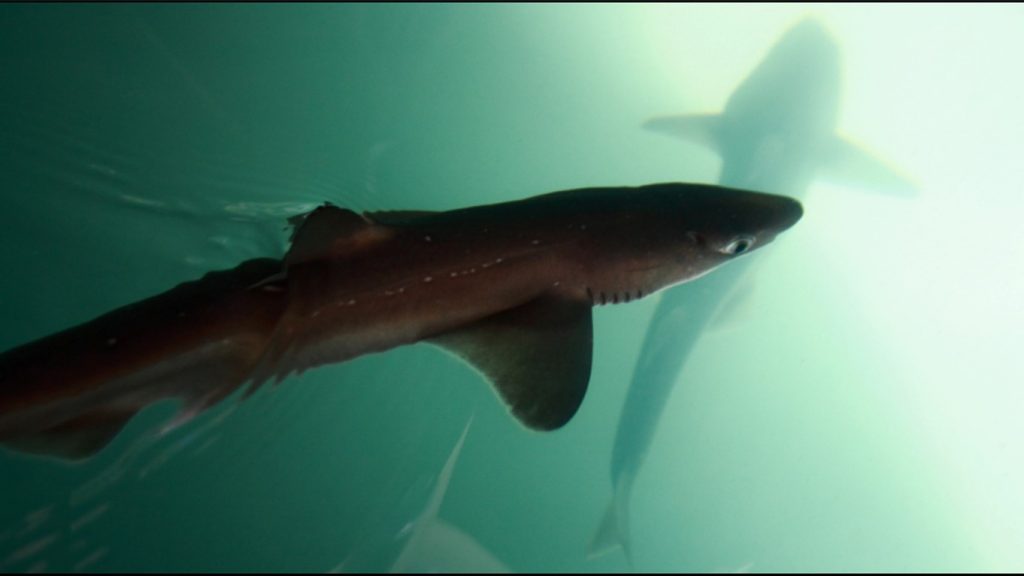27 October 2014
Spurdog presents a particular challenge to fishermen, fisheries managers, scientists and conservationists. Caught as a by-catch in a number of different fishing gears, its conservation status is giving cause for concern; but as the species is extremely difficult for fishing vessels to avoid, some question the effectiveness of the zero TAC that has been applied for the last few years to rebuild the stock. At the same time it generates a large number of dead discards. Fishermen have repeatedly expressed their frustration at having to throw back dead spurdog on those sporadic and irregular occasions when spurdog appear in their nets.
Possible alternatives to a zero TAC for spurdog (Squalus acanthias) are the focus of an NFFO led Fisheries Science Partnership project and the subject of a broad stakeholder meeting held recently in London.
Along with Cefas scientists, Defra policy officials, and NGOs, the NFFO has been working on the design of a pilot project that could provide some answers on how spurdog stocks could be rebuilt without impeding the main economic fisheries. The project has a particular urgency because zero TACs will not be compatible with the Landings Obligation. The stark choice appears to be to define spurdog as a prohibited species, (which will not address the problem of dead discarding) or permit a small by-catch allowance consistent with continued stock recovery, (which if not handled very carefully could become the ultimate choke species, preventing vessels from catching their main economic target species).
The London meeting was certainly successful in highlighting the complexity of the issue; but also in demonstrating unity of purpose between scientists, policy-makers, conservationists and fishermen; and did point towards some possible solutions. Cefas’ work on the spatial and seasonal distribution of spurdog was highly relevant and may provide the basis for a successful avoidance programme, if used within a flexible and adaptive policy approach.
Learning from experiences elsewhere on how it might be possible to avoid unwanted catch (in order to allow unimpeded access to the main target species) was an important part of the meeting; and in particular a presentation by Catherine O’Keefe of the University of Massachusetts gave much food for thought. In the New England fishery, the problem is relatively low value yellow-tail flounder which potentially acts as a choke on the high value scallop fishery. A real time reporting and feedback system which identifies areas in which high aggregations of yellowtail might be expected, was developed jointly by fishermen and scientists. This voluntary but quite sophisticated collaborative arrangement allows effective avoidance to keep the by-catch species under the permitted limits, thereby preventing it from acting as a choke.
No one is suggesting that we slavishly follow the New England model – except in that it demonstrates what can be achieved with a little collaboration, flexibility and shared information and insights to develop solutions tailored to regional circumstances.
In concrete terms, the next steps for the project will be to set up a trial to explore the issues associated with a limited by-catch approach, probably in the Celtic Sea. The number of vessels involved in the trial will depend on whether a spurdog allowance can be secured during this year’s December Fisheries Council as a departure from the zero TAC approach. It will not be lost on the Commission and Council that spurdog is but one of potentially dozens of choke species that may emerge as the Landings Obligation is progressively applied.

